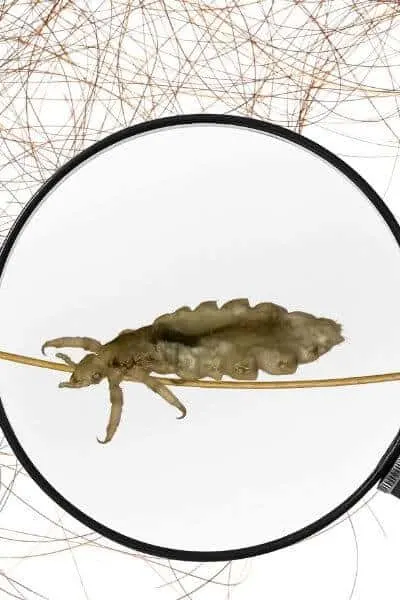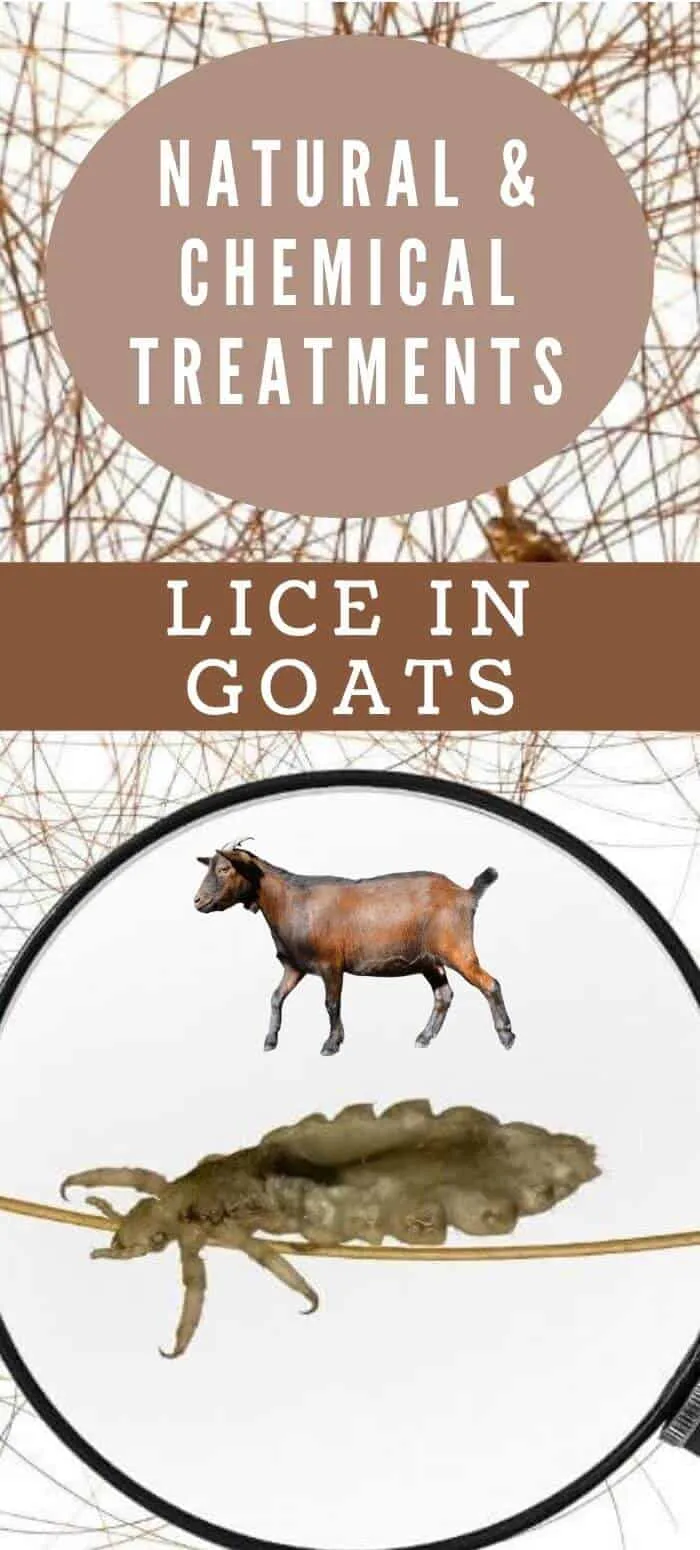Hey guys! Welcome back, my lovely goat loving friends. My name is Delci. It’s nice to meet you! If you ever sign up for any of my email goodies…you can find the links below…you’ll get an email from me telling you a bit about myself and I ask you to tell me a bit about YOU. And I actually mean that! It’s nice to know that there are real live humans on the other side of the screen. But right now, we’re going to talk about an itchy subject: goat lice.
You know…Faith (my Mini-Nubian goat) and I were just talking and she told me that all my goats had been talking.
They love the spotlight of being in these posts and YouTube videos so much … of course…but deep down, they love your goats too and just absolutely love that they can help out in such a big way in keeping other goats healthy too.
And really…there is no greater love than to lay down one’s life for a friend…even if that friend is kinda long distance and you haven’t really met, so to speak.
So they decided that they were going to provide some really good content for me to teach about.
Like my last video, that you can watch after this one was about Eva not feeling well and me working through what it’s like to figure out what’s wrong with your goat when they’re acting sick.
Isn’t that sweet???
If you prefer, you can watch this information in the videos below.
And now…I need to treat for lice…I looked under the microscope to see what these buggers actually look like. But I can tell you that I can see them move with my naked eye. They move and they’re making my goats itch.
We live up north in good ol’ Montana. It’s the first part of March and it’s been a long winter. These gals have been safe out of the wind, snowstorms and general winter weather in my barn which has been wonderful. But it’s also close quarters. I use the deep litter method and haven’t done any spring cleaning…because it’s not spring yet.
And so…I guess these lice made the 900 mile march to our barn. How do lice get anywhere…I mean, wouldn’t it be interesting to have a go pro attached to one to see how it gets from one area to the next and one host to the next?
Because lice that affect goats are what they call “host-specific”. Which means they only attack goats or sheep. (itch head, right??) So…like I said…if these are lice…how did a louse make the trek from hundreds of feet away, if in fact, my one and only neighbor who has goats and her goats have lice? I’m not saying that hers do, I’m just saying…do they fall out of the sky? Like I think slugs do? Do they hitch a ride? Do they teleport???
Whoah, Delci, focus! Now, before I go on…comment below in the comments section…have you ever had a parasite on your goats, what kind and what did you do about it? I’d love to know!
Ok. Parasites. Let talk about the types of external parasites can affect goats:
- Sucking lice
- Biting lice
- Nose bot fly
- Keds
- Mites
- Fleas
- Ticks
- Flies
In my research…I did somewhat answer my question about how lice get around. Usually, lice are introduced into your herd by bringing in an infested animal. But some lice may move from place to place by clinging to flies. We haven’t brought in any new goats onto the property and we don’t have flies this time of year…so I’m sticking to the teleporting theory.
Like I said about winter, late winter and the early spring is usually when louse infestations reach their peak. And when your goats are in a smaller area because of winter, this can help keep the population booming. So crowded conditions can affect this, animals under stress will usually have a larger infestation and low energy diets can also be a problem.
If you are wondering what a goat with lice will look like, this is what you will usually see: dull, matted coat, excessive scratching and grooming behavior. This scratching sometimes will cause them to have raw areas on their skin and even hair loss. You may also see your goat lose weight, milk production may be reduced up to 25 % and in severe cases, they can cause anemia.
Types of Goat Lice
The first type of lice is the biting lice and they eat on the particles of hair, scabs, and skin. And the sucking lice actually pierce the goat’s skin and draw blood. From what I saw under the microscope, I can tell these are the biting lice.
Now, you can’t just treat a goat once. Because there is a whole lovely life cycle involved. Your first treatment MAY kill all of these adults but then the louse eggs hatch and they start the cycle all over again. So a second application or treatment is needed two weeks after the initial treatment to allow the eggs to hatch.
I’m going to quickly go over a couple more parasites that can affect your goats before I go into some treatment plans.
More Goat Parasites
Nose bot flies are potentially another problem in goats. Basically, a nose bot fly deposits a live larvae, a maggot, into the nostril of your goat. And then these guys go up and down inside your goat’s head sinuses and nasal passages and cause a lot of damage. Your goats will have extensive shaking of the head, loss of appetite and will grate their teeth if they have nose bots. You may also notice blood flecks in their nose boogers. Ivermectin is really effective against all stages of this larvae.
Moving on to Keds. They are also known as sheep ticks. They are a wingless fly that spends their entire life cycle on a goat. They are passed to the next goat by contact. They are usually just found on sheep but goats can be affected by them. They are a grayish brown, have six legs, and have a broad, leathery, flattish, saclike abdomen covered with short spiny hairs. These icky things, have sharp mouthparts and suck blood, much like a mosquito does. This causes a lot of irritation, biting and scratching. Again, these buggers can cause anemia and they usually cause the most problems in the winter months.
Mites are another problem for goats. The goat follicle mite will actually cause mange. This is where the hair follicles and gland ducts become obstructed and produce swellings and mites actually are trapped inside the lesions. And these lesions continue to get larger as the mites multiply.
They do spread from close contact between goats. The scabies might burrow under and into the skin. And the ear mange mite causes lesions on or inside the ear of your goat. If one of your goats has mites, you will want to treat your whole herd.
Fleas are a small wingless insect that moves a lot by jumping from animal to animal and place to place. They are only on the goat long enough to get a blood meal. The eggs are laid on the goat, then they drop to the ground and hatch in two days and they stay in the bedding after they are an adult flea, they are ready for their first meal in 24 hours. Fleas can cause anemia in goats.
Ticks can be another problem. They bite your goats, take their blood and pass on diseases. Keep your guineas around, and keep an eye on your goats especially around their horns, ears, and armpit areas.
Goat Lice Natural Treatments
Ok, so now. What am I going to do about these lice? Let’s talk about how to treat goat lice.
I really like to treat my family and animals as naturally as possible, if possible. But I’m not opposed to using something stronger if it comes to that.
One thing you can do is use apple cider vinegar on your goats. One thing you don’t want to do is get your goats soaking wet if it is really cold.
You fill a spray bottle with apple cider vinegar and spray the goat and then use a lice brush to grab the lice and excess hair. The vinegar helps to loosen the glue that holds the nits in place. Nits are the eggs of the lice.
After they are dry, dust them with diatomaceous earth. This stuff is so sharp that it actually cuts the bodies of these awful parasites. And causes them to dry out and die.
I will need to do this throughout the next couple of weeks because the eggs will keep hatching and if they hatch and reproduce and lay more eggs, the cycle will just keep going. So it’s about a two-week lifecycle that needs to be stopped.
And one of the most important things that you need to do, or they will just keep infesting your goats, is to clean out and then treat the area they spend the most time in, like their beds and where they lay down.
If you don’t do that, then you may get the lice off your goats but the ones in their houses will just crawl back up on them when they are laying down.
As usual, you will need to write your treatment plan down in your goat management binder. Write the dates and what you did and when you need to do treatments again. This will just help you to keep track of when it’s most likely to happen in your area and what is the most effective treatment.
If you have tea tree oil, you can add it to the treatment as well when you spray your goat down.
If you are in a warmer climate or it is in the warmest enough, you can shave your goats. This is really effective because it leaves no place for the lice to hide and exposes them to the sun. This is a great natural treatment for lice.
You can’t let this get too bad on your goats. As I already mentioned, these parasites can cause anemia in goats and that can be deadly.
If the natural treatments don’t work, then you’ll need to move on to something a bit stronger. Using diatomaceous earth may work best to stop the spread of lice from the infected to the unaffected goats but it is a great option to use on young kids.
Goat Lice Chemical Treatments
Cylence is a great option for treating goats with lice. It can be used on kids and on does in milk. You will give 1cc per 25 pounds for lice treatment, repeat in 3 weeks. This liquid is distributed along the backline of the goat. This is a product that can be found at Tractor Supply.
Another option to try is sulfur dust. Lice really don’t like sulfur, so it is an effective treatment during the winter months.
Keeping your goats healthy
Don’t beat yourself up over this either. It’s a very common problem to have in goats and livestock. And just takes a bit of work to get rid of.
A healthy goat will be able to handle parasites much better when they are healthy and robust. You will be the biggest key factor in that equation. Know what it takes to keep your goat in tip-top shape by reading this information:
Goat Mineral–The most important part of goat ownership
Copper Supplements–Most important mineral for a goat
And be willing to learn more about goat sicknesses and diseases:
Pneumonia–Leading killer in goats
Alright! Go and get your goats lice free! I encourage you to click on over to YouTube to my raising goats playlist and get your goat learning on while you make dinner.


